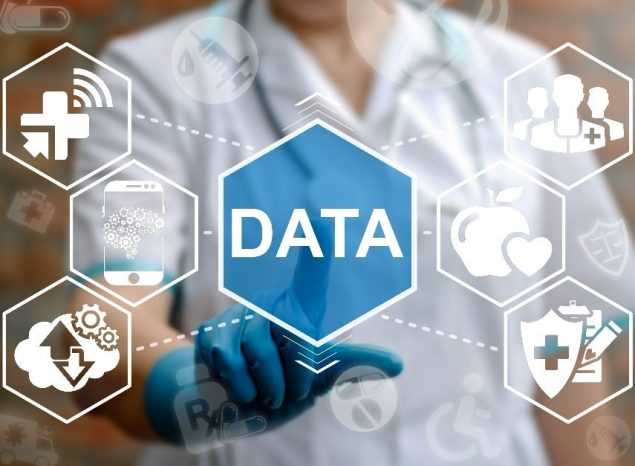What We Do - Adapting Clinical Guidelines for the Digital Age
Connecting CDC research and evidence swiftly and accurately to those who need it most, including clinicians and patients, can help save lives.
This matters more than ever. As the role of public health in our nation’s health care system is broadening and overlapping, we now have more connectivity than ever before.
CDC, through the Office of Public Health Scientific Services is leading an initiative called “Adapting Clinical Guidelines for the Digital Age.” This enterprise-wide approach is working strategically to connect experts and solutions that can help ensure our most up-to-date scientific evidence is followed and results in desired outcomes.

Better Connection to Patient Care
Many CDC programs, directly or in partnership with other organizations, develop clinical guidelines, recommendations, or best practices, which serve as evidence-based disease-specific “maps” for clinical practice.
CDC guidelines lead to many healthcare improvements—faster adoption of discoveries from outbreaks, to greater clarity in screening for cancer and chronic diseases, to setting immunization standards.
Despite our guidelines’ utility, CDC programs that track effectiveness have found that there are a variety of barriers to the implementation of this critical information—including the way information is transmitted.
“You can’t influence clinical practice to have public health impact if clinicians aren’t adhering to our guidelines.”
Lost in Translation
Although clinical guidelines are intended for providers to review, providers need something easy to use when it comes to guidelines. But making things easier to use can create an opportunity for information to be incorrectly condensed or translated. Instead, electronic health record (EHR) vendors, third party app or content developers, and IT teams at health systems translate the information in the guidelines into a format that can be harnessed as Clinical Decision Support (CDS).
What often happens during this transition is similar to the age-old game of telephone: different actors interpret and then pass along information with a slightly or greatly varied understanding. Complex messages and nuanced information erodes with each transition of the guideline, losing the clarity of the initial guidance and leading to reduced adherence and potential medical errors.
What is Clinical Decision Support?
CDS is a tool for enhancing health-related decisions and actions by patients, providers and others to improve health and care delivery. CDS interventions draw from a rich palette of options that ideally make the right thing to do easy. Examples include highlighting care needs (such as for disease screening and management) in individuals and populations through dashboards and registry reports, as well as addressing those needs through evidence-based order sets and judicious use of notifications tied to appropriate action.
If clinical guideline translation is improved, health can be improved. The goal of CDS is to simplify and tailor medical information for clinicians to make it easier to diagnose and treat each patient.
Finding What Works
To make sure our information gets to the right people at the right time in the clearest, most useful way, we need strategies, experience, and champions working together to overcome the telephone game roadblocks in place.
CDC has a workgroup, initiated by OPHSS, with representation throughout the agency, to help standardize and improve our approach to clinical decision support. Feedback from stakeholders reveal that CDCs biggest value-add in the industry would be to find better ways to write guidelines that more easily translate into digital products used in patient care settings. Based on these findings the workgroup is developing an agency-wide strategy to help get CDC’s evidence-based guidance quickly, accurately, and consistently into patient care.
To help inform the strategy, the workgroup is planning a multi-stakeholder event in February 2018 that will bring together everyone involved in the guideline process.
Multi-Stakeholder Event
CDC is hosting a multi-stakeholder event that will bring together the entire range of stakeholders responsible for different stages of guideline development, dissemination, and adoption to look at the entire process together,
By working with select pilot programs looking for better guideline implementation, the group will get a complete understanding of the current problem and develop a standardized process for the future, using current examples and opportunities for improvement.
Participating stakeholders include CDC programs, clinicians, EHR vendors, and professional organizations that develop guidelines, CDS developers, federal partners, public health partners, and standards developers.
For general inquiries, including programs wanting to be a pilot, please contact Maria Michaels maria.michaels@cdc.gov
- Page last reviewed: October 16, 2017
- Page last updated: October 16, 2017
- Content source:


 ShareCompartir
ShareCompartir